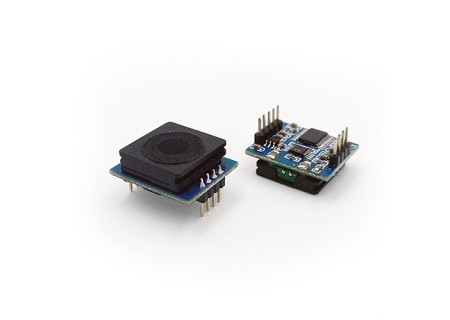Where to mount co2 sensor?
-500x500.jpg)
With the development of society and people's increasing attention to environmental issues, the application of carbon dioxide sensors in various fields has gradually increased. Proper installation location of carbon dioxide sensors is crucial to effectively monitor and control indoor air quality. In this article, we will explore Where to mount a co2 sensor to ensure optimal monitoring and management of indoor air quality.
Where to mount co2 sensor
Carbon dioxide sensors are often installed in air conditioning systems in offices and schools. Since these places usually have a large flow of people, the indoor carbon dioxide concentration is prone to increase. Reasonable installation of carbon dioxide sensors can monitor the CO2 concentration in the air in real time, take timely measures to ensure the freshness of indoor air, and help improve the work efficiency and learning effects of employees and students.
Industrial production sites are also one of the key areas for carbon dioxide sensor installation. In some closed industrial production environments, carbon dioxide emissions may be large. Installing sensors can help monitor the air quality in the workplace and prevent safety problems caused by excessive carbon dioxide concentration. By properly setting the location of the sensor, you can ensure comprehensive and accurate feedback on the monitoring of critical areas.
Medical institutions are also an important area for carbon dioxide sensor applications. In medical places such as hospitals and clinics, air quality is directly related to the health of patients and medical staff. By installing carbon dioxide sensors in key areas, carbon dioxide concentrations can be monitored in real time, helping to provide a fresh medical environment and reduce the risk of cross-infection.
The catering industry is also an area worthy of attention. In places such as restaurants and canteens, people gather and air circulation is relatively poor. Reasonable installation of carbon dioxide sensors can monitor the freshness of indoor air, provide operators with timely environmental data, help them better manage indoor air quality, and improve customers' dining experience.
In general, the installation location of carbon dioxide sensors should be determined based on specific usage scenarios. By properly installing sensors in areas that are densely populated, poorly ventilated, or require special attention to air quality, air quality monitoring and management can be better achieved. This not only helps to improve people's quality of life, but also plays a positive role in ensuring production safety, medical health and catering services.








-450x320.jpg)
-450x320.jpg)
-450x320.jpg)
-450x320.jpg)